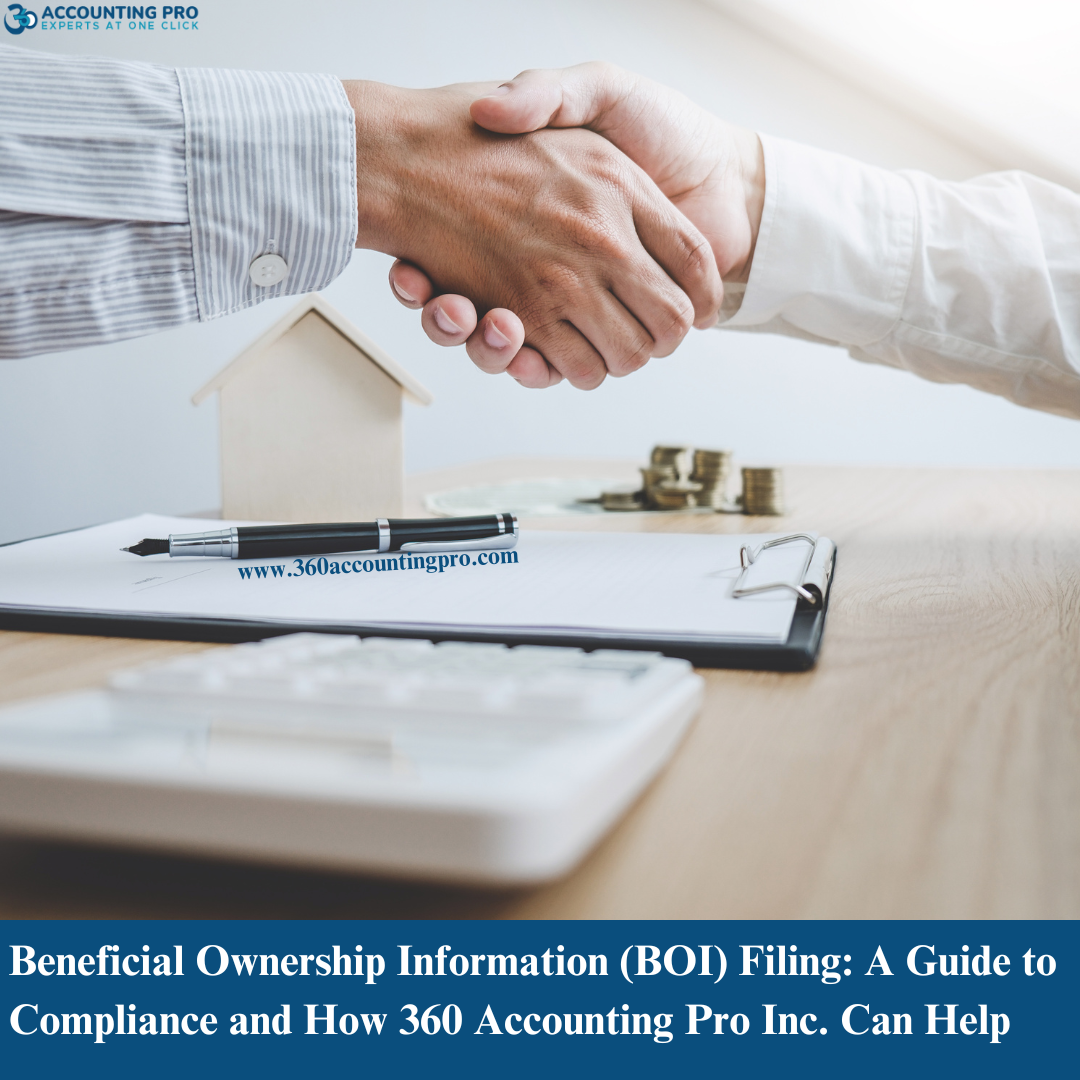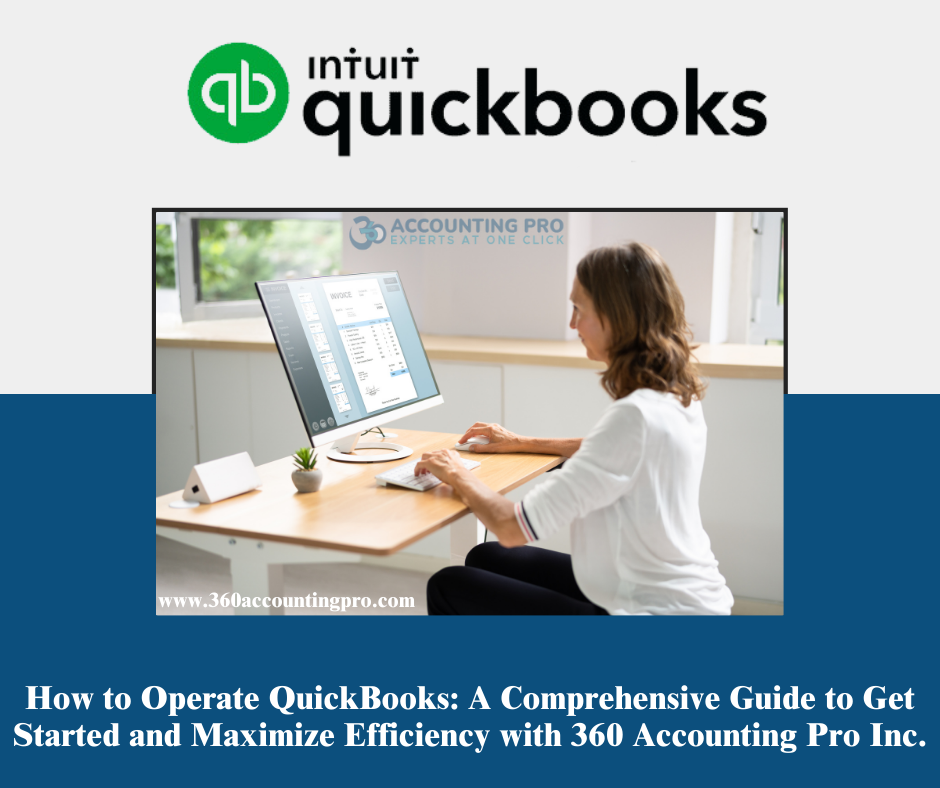

17-12-24
What is Bank Reconciliation
Bank reconciliation is the process of comparing a company's internal financial records with bank statements to ensure accuracy. It helps businesses track transactions, detect errors, and prevent fraud. Conducting a step-by-step bank reconciliation regularly ensures that all financial records are up to date and that discrepancies are addressed promptly.
At 360 Accounting Pro Inc. we specialize in simplifying the bank reconciliation process, ensuring businesses maintain accurate records with minimal effort.
Performing bank reconciliations is crucial for maintaining the integrity of financial records. Here are some key benefits
Ensures accuracy by confirming that financial records align with actual bank transactions
Detects fraud by identifying unauthorized transactions and discrepancies
Improves cash flow management by helping businesses plan and manage cash flow efficiently
Aids in compliance by ensuring regulatory and tax compliance with precise financial records
To complete a bank reconciliation successfully follow these key steps
Step One Gather Necessary Documents
Before starting the reconciliation collect the required documents including
Latest bank statement with the most recent bank transactions report
General ledger records from internal accounting books or reports
Outstanding checks and deposits for any pending financial transactions
Step Two Compare Opening Balances
Ensure the opening balance in accounting records matches the beginning balance on the bank statement. If there is a mismatch investigate and correct any errors before proceeding.
Step Three Match Transactions
Compare transactions line by line between the bank statement and internal records
Check deposits to ensure all deposits in the bank match the cash receipts in the books
Review withdrawals to verify all withdrawals checks and electronic transfers are recorded
Match bank fees and interest by recording any bank charges interest income or other adjustments
Step Four Identify Outstanding Items
Identify transactions in the business records that have not yet cleared the bank and vice versa
Outstanding checks issued but not yet cashed
Pending deposits received but not reflected in the bank statement
Bank charges and adjustments for unrecorded fees penalties or interest
Step Five Adjust and Reconcile Balances
After making necessary adjustments the adjusted book balance should match the bank statement’s ending balance. If differences persist
Double-check entries for missing transactions or errors
Review transaction dates for potential posting delays
Investigate unauthorized or suspicious transactions
Not reconciling regularly as monthly reconciliations help detect errors early
Ignoring small differences as minor discrepancies can accumulate over time
Inconsistent record-keeping as incomplete transaction records complicate reconciliations
Not using accounting software since automating reconciliation with QuickBooks Xero or other software saves time
Many businesses use accounting software to streamline bank reconciliations. Here is how it works with popular platforms
QuickBooks allows users to connect bank accounts for automatic transaction imports use the reconcile feature to match bank records with accounting entries and generate reconciliation reports for review
Xero enables bank feeds for real-time transaction updates reconciles transactions using suggested matches and creates bank reconciliation summaries for reporting
Zoho Books automates transaction categorization for quicker reconciliation matches transactions with uploaded bank statements and identifies discrepancies with real-time alerts
Sage Accounting imports bank statements directly into the software reviews and confirms transactions in the reconciliation tool and adjusts bank balances based on missing or pending transactions
At 360 Accounting Pro Inc we offer expert bank reconciliation services to help businesses maintain accurate and up-to-date financial records
Automated reconciliation using accounting software for seamless bank reconciliations
Error detection and resolution by identifying and correcting mismatches
Customized financial reports to track profitability and cash flow
Regulatory compliance by ensuring accurate financial reporting and tax compliance
Learning how to do a step-by-step bank reconciliation is essential for accurate financial management. By following a structured reconciliation process and leveraging expert services from 360 Accounting Pro Inc businesses can improve cash flow accuracy reduce financial errors detect fraud early and stay compliant with tax regulations
Let our experts streamline your bank reconciliation process saving time and ensuring financial clarity.
Contact us today to learn how our reconciliation services can enhance business financial accuracy.
Tags : #BankReconciliation, #BankRecs, #AccountingTips, #FinancialManagement, #CashFlow, #FraudPrevention, #Bookkeeping, #AccountingProcess, #BusinessFinance, #FinancialRecords, #SmallBusinessAccounting, #BankStatementReconciliation, #ReconciliationProcess













































.jpg)
.jpg)
.jpg)
.jpg)


).jpg)














 Get A Quote
Get A Quote
Leave A Comment